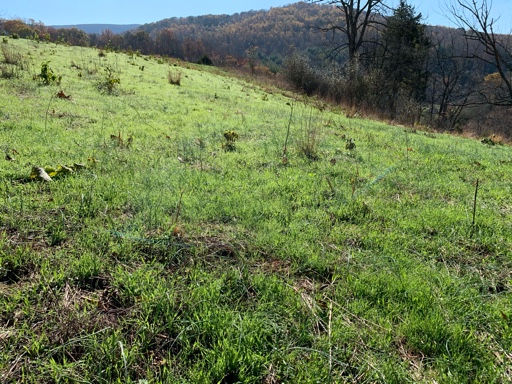LetThemGrow
Member
This weed has taken over after a gly application and failed seeding. Seems to be stronger than the clover that survived the gly.
I'd appreciate any help on ID and treatment. I haven't tilled in a few years but would consider lightly discing next spring if needed. I am in SE Pennsylvania. I am severely limited in chemical usage by my lease agreement.
Thanks in advance!


I'd appreciate any help on ID and treatment. I haven't tilled in a few years but would consider lightly discing next spring if needed. I am in SE Pennsylvania. I am severely limited in chemical usage by my lease agreement.
Thanks in advance!


